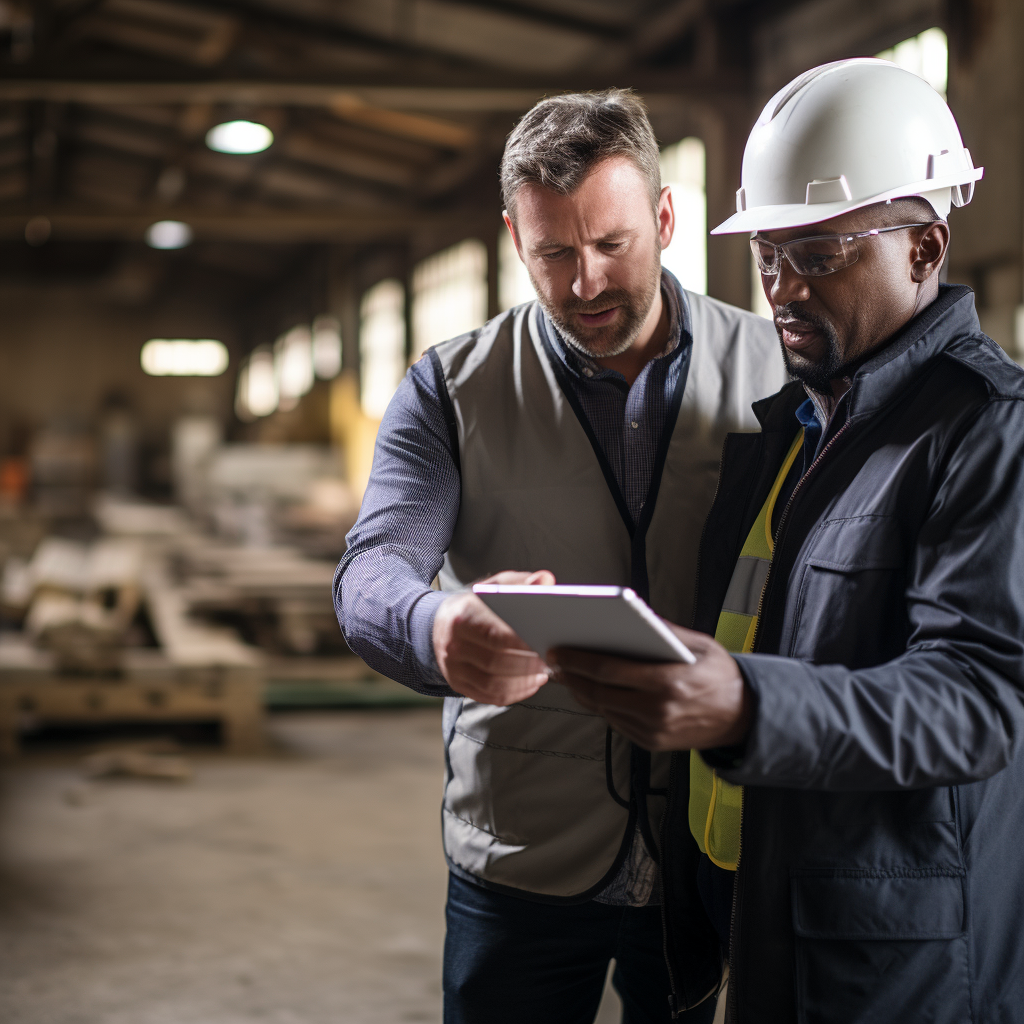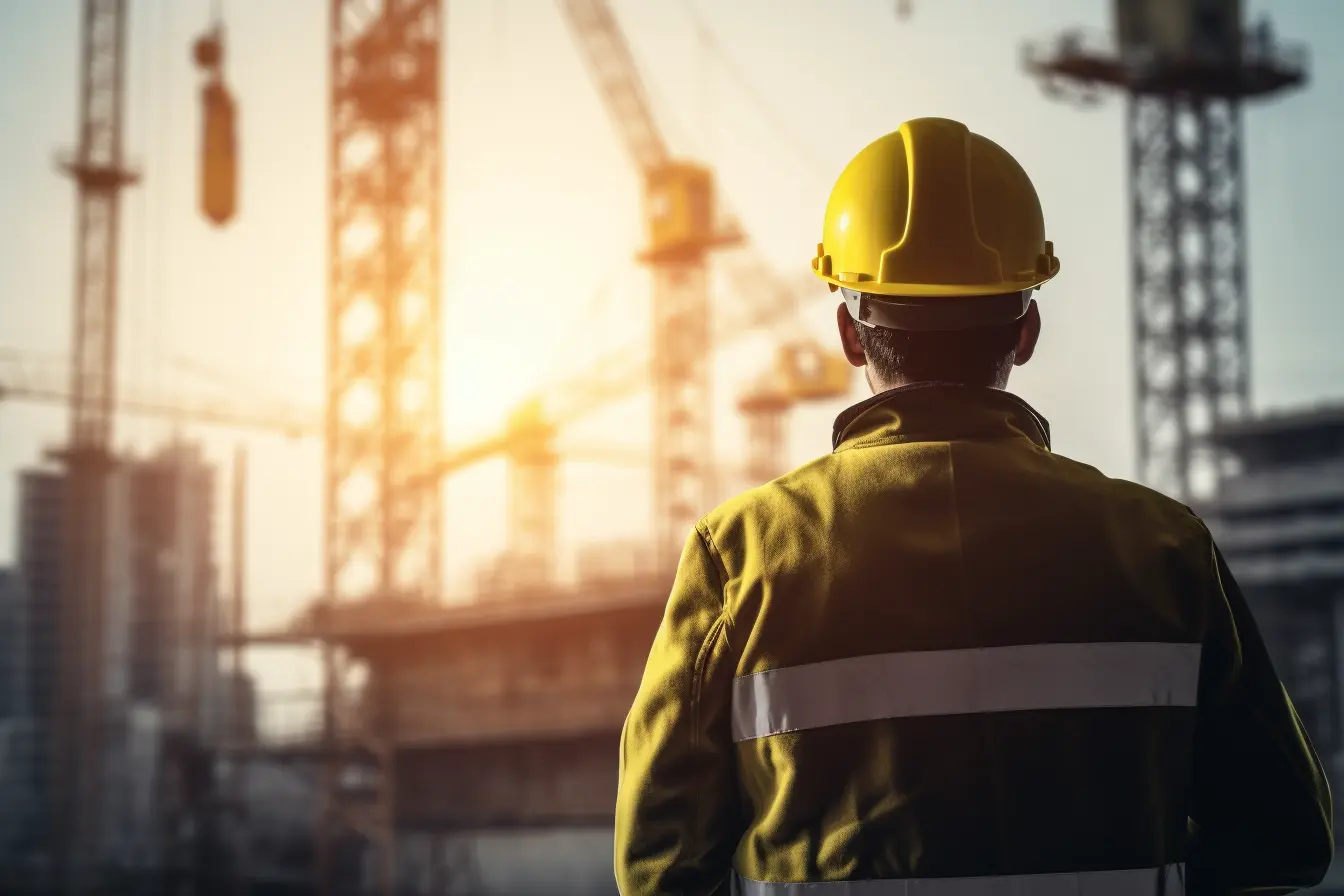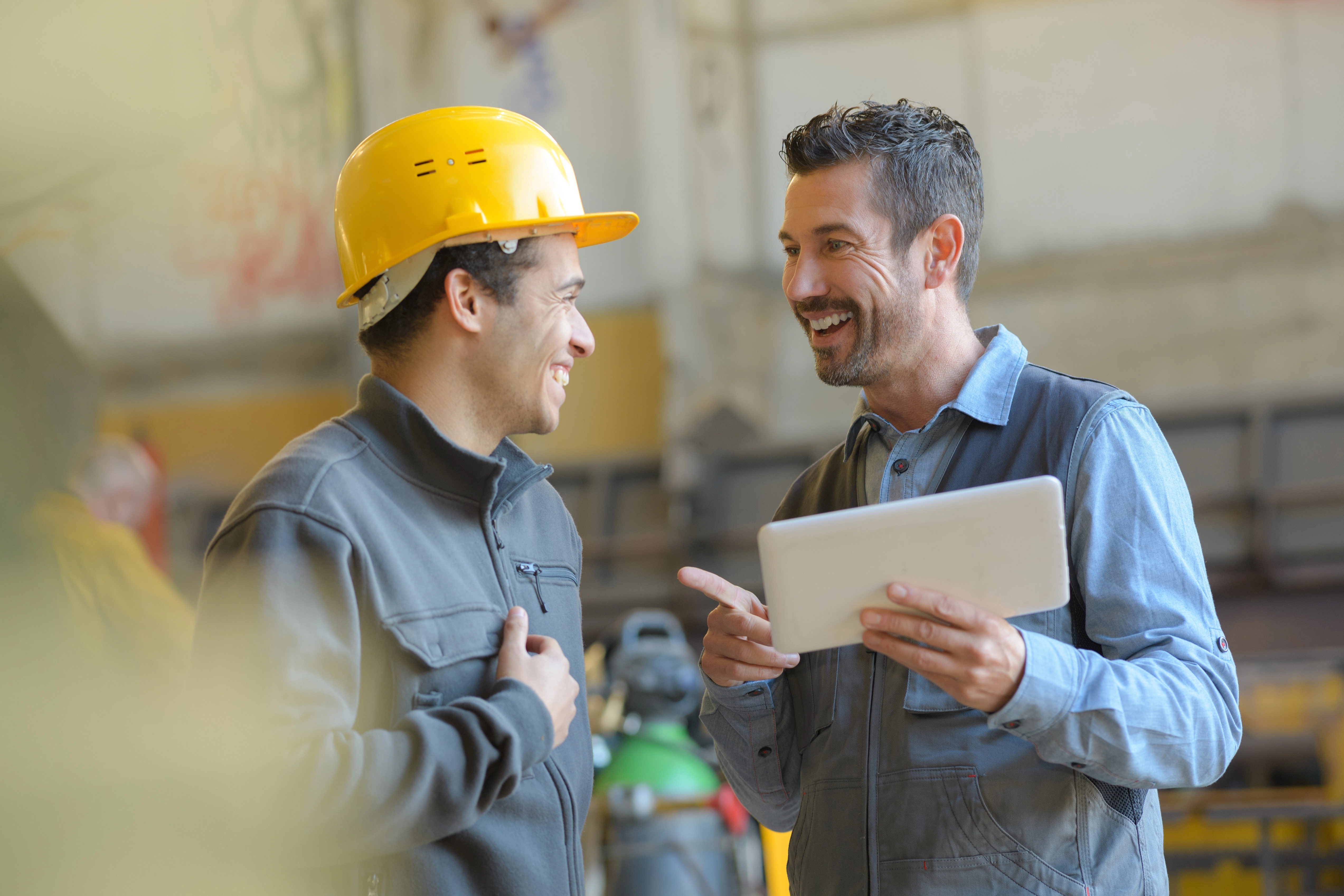Contents
I’m Not a Statistic – Accidents happen, right?
15 September 2022 - Evotix
A safer, smarter future exists out there for all of us.
But today, 2.3 million people around the world succumb to work-related accidents or diseases every year. That number corresponds to over more than 6,000 deaths every single day. The International Labour Organization updates these estimates at intervals, and the updates show an increase of accidents and ill health.
This continuing rate of workplace accidents is not ok.
Environment, Health & Safety (EHS) professionals and business leaders are responsible for creating safe, fulfilling work environments. So, protecting accidental injuries and deaths – and their long-term impacts on mental and physical health – must be treated seriously.
Not only is it the morally right decision to eliminate preventable injuries, but there’s also an economic case for change. The National Safety Council estimated the economic cost of accidents, calculating the financial loss in terms of income not received and expenses incurred because of fatal and nonfatal preventable injuries. The figures, which reflect the impact on society (not just on employers), were $44,000 per injury and $1,310,000 per death in 2020.
But accidents happen, right?
They do. But when the same accidents happen repeatedly (whether that’s falls from elevated work areas or damage from unguarded and/or moving machinery parts) in the same ways, and at the same rates, it’s glaring proof that employers are not taking every reasonable step to stop it from happening again.
Lives are at stake. Nothing must be left to chance.
The good news, however, is that businesses can take steps to break the cycle. Here are three ways to consider:
Re-examine your culture
Evaluate the culture of safety within your workplaces and factory floors.
Ask: What are the prevailing attitudes around health and well-being? Who models your safety standards? Do managers have an unconscious bias for production over safety? Is your team aware of common risks and threats to their health? Does there need to be more easily accessible information on processes? Is safety seen as a burden or as a business advantage?
Taking a close look at how things are will give you an idea of what needs changing. And you’ll quickly realize that checking off the boxes on a generic EHS audit list just won’t cut it.
Your solution must be personal and targeted.
Re-examine your processes
The next step to ensure preventable accidents are a thing of the past is to reassess how things work in the present.
Put yourself in the shoes of your workforce. Ask: How easy is it to report an incident, hazard or near-miss? If I survived one of those events, how do I report it? If I’ve logged a report, who's reviewing the accident and what remedial actions are being taken?
Activating practical and user-friendly steps, especially in emergency situations, will give you clarity on how safe your work environments really are. Because identifying where, when and how these accidents are happening will only ensure they’re remediated, and your employees feel safe.
Encourage reporting and make it easy.
Re-examine how technology can help
Now that you have an idea of prevailing attitudes and behaviors around safety, start to think about how technology can support your vision of a safer workplace.
Not every tool or software out there will work for your organization. But, depending on the need you’ve found, the latest smart tools could help you put action to your vision.
Some apps can support training, helping you empower and educate workers to take a more proactive approach to their own health and well-being. Others could help you get more insight into your business, putting the right information in your hands in real time so you can take the necessary actions to reduce risk. Some solutions do both and even offer in-the-flow training so employees learn right on the spot how to use equipment. Talk about upping your safety game!
Just remember to choose a solution that addresses your business’s specific need.
We have others to think about
Whether it’s investment banking or manufacturing, people work first for their families – to give their loved ones stability and security.
Unlike investment banking, however, jobs in manufacturing, construction (and the like) have a disproportionate impact on disadvantaged groups in society. And the impact of accidents can be far reaching.
Workers and their families experience a loss of income and the inability to be engaged in their lives. The knock-on effects are the most compelling reason for businesses to get safety right. Not just for the individual or even the business, but for the lives that depend on the people within your organization.
EHS does not have to be complicated.
With the right strategy that takes a fresh look at how your people, processes and technology come together, you can build a future that’s safer and smarter. That’s what every employee deserves.
Become a changemaker. Listen to our bi-weekly health and safety podcast – Two Bald Guys Talking Safety – to see how you can influence change and ensure the safety of your people.
RELATED BLOGS

Safety Check: Identifying When To Revise Your Health and Safety Processes
26 September 2023 - Evotix
Irrespective of your industry, your organization holds the vital responsibility of ensuring the safe return of your employees to their homes each day. When an incident occurs, it falls on you to..

EHS&S Strategies for Uncertain Times: Ensuring Business Continuity and Growth
7 November 2023 - Evotix
In recent years, the undeniable truth is that we're navigating through times full of unpredictability. As we confront new challenges, businesses are in dire need of adaptability, especially as the..

How Can EHS Professionals Use Strategic Communication Skills?
6 December 2023 - Evotix
Every EHS expert knows that communication goes beyond simply conveying rules and regulations. It’s about forging connections, establishing camaraderie and understanding and driving change.